Kofun: Megalithic Keyhole-Shaped Tombs That Belonged To High Status People In Japan
A. Sutherland - AncientPages.com - The largest keyhole-shaped tomb in Japan - Daisenryo Kofun – is located in the city of Sakai in Osaka Prefecture, Japan.
Kofun ("ancient grave") are megalithic tombs or tumuli in Japan, constructed between the early 3rd century and the early 7th century AD. The kofun ancient graves (from the Kofun period ca 300-710 AD) have been built in various shapes throughout history.
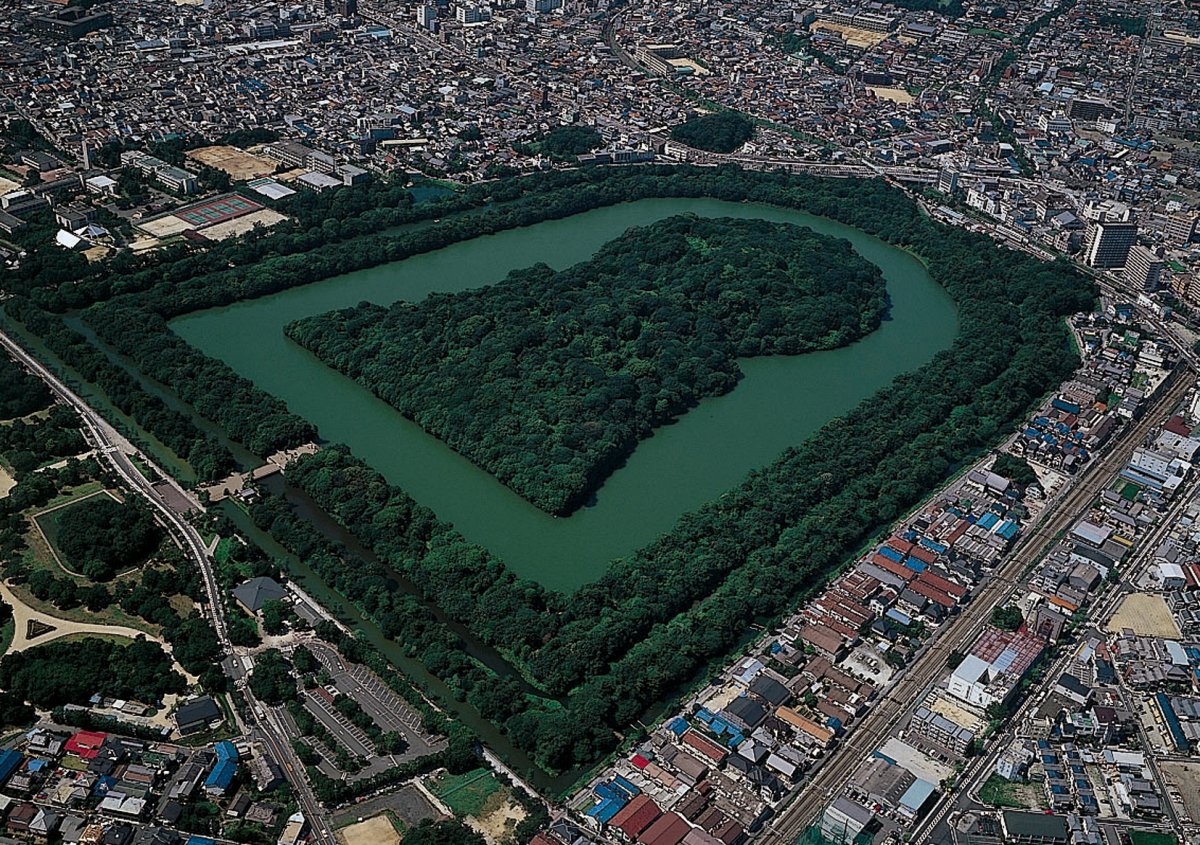
Daisen Kofun, the largest of all kofun, one of many tumuli in the Mozu kofungun, Sakai, Osaka Prefecture (5th century) Image via Osaka.info/wikipedia
These structures can be circular- and square-shaped, and their dimensions also vary from several meters to over 400m.
When viewed from above, the most common type of kofun is shaped like a keyhole (a zempo-koen-fun), having one square end and one circular end.
The Daisen Kofun in Osaka Prefecture, which belongs to Japan's Emperor Nintoku, the 16th emperor, measures about 500 meters (1,640 feet) in length, 249 meters in diameter, 35 meters in height for the back circular mound, 305 meters in width, and 33 meters in height for the front mound. The mound is built with three distinct levels and a space for religious ceremonies, on either side of the narrowest part of the tomb and surrounded by three trenches.
There is about 2.8 kilometer-long walkway encircling the tomb, which takes an hour to walk around.
This colossal tomb is located in the middle of a cluster known as the Mozu Tumuli, which consists of 92 large and small kofun lying within an area of roughly 16 square kilometers (6.2 square miles).
Another group of mounds, located about 10 kilometers (6.2 mi) away from the Mozu cluster, is known as the Furuichi cluster. It has the Ojin-tenno-ryo Kofun of 425 meters (1,394 ft) length, which is the second-largest in the country. This group also has 11 more huge massive rounded "keyhole-shaped kofun" with a mound length of 200 meters (660 ft) or more.
Thousands of kofun burial mounds have been discovered and identified; these date back from the late third to late seventh centuries.
In Japan, there was a common ancient custom to bury people of high social status in kofun tombs covered with large mounds of earth.
The kofun funerary mounds were not only used to bury people but also items made of iron, swords, weapons such as arrowheads, hoe and spade tips, fine armor, glass pots, dishes, and many other similar items.
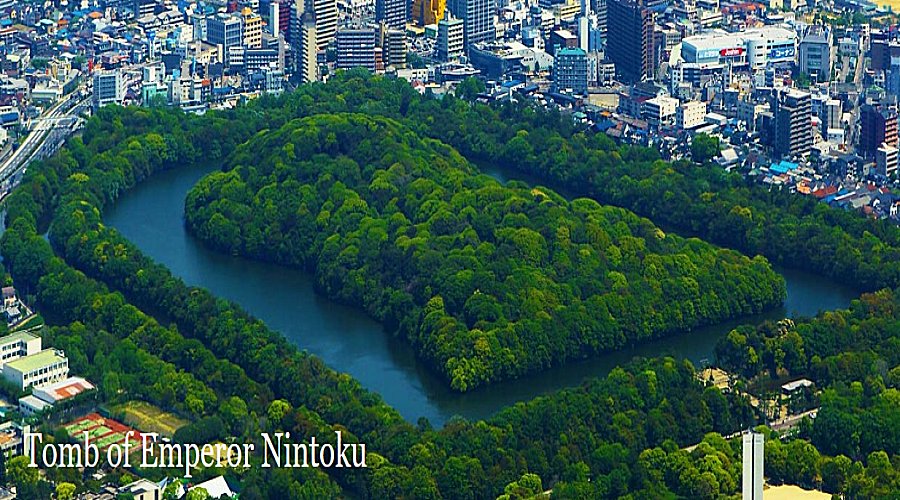
Daisen Kofun, the largest of all kofun, one of many tumuli in the Mozu kofungun, Sakai, Osaka Prefecture (5th century) Image via Osaka.info/wikipedia
Antiquities made of gilded bronze such as horse tacks and sash buckles have also been found in these mounds.
Keyhole-shaped kofun graves disappeared in the late 6th century AD, and are related to the introduction of Buddhism during this era, according to "The Chronicles of Japan" ("Nihon Shoki"), Japan's first national history book.
Recently, archaeologists began to doubt whether this enormous tomb really belonged to Emperor Nintoku.
They have namely, found in the toms, the so-called Sue ware pots, represent making techniques and kilns, which were introduced to Japan from Korea, in the 5th century and these pots were the first high temperature stoneware pots produced in ancient Japan.
Updated on January 20, 2022
Written by – A. Sutherland - AncientPages.com Senior Staff Writer
Copyright © AncientPages.com All rights reserved. This material may not be published, broadcast, rewritten or redistributed in whole or part without the express written permission of AncientPages.com
Expand for referencesMore From Ancient Pages
-
 On This Day In History: Admiral John Byng Charged With ‘Failing To Do His Utmost’ – Executed – On Mar 14, 1757
News | Mar 14, 2017
On This Day In History: Admiral John Byng Charged With ‘Failing To Do His Utmost’ – Executed – On Mar 14, 1757
News | Mar 14, 2017 -
 On This Day In History: ‘Edict Of Nantes’ About Freedom Of Religion Issued By Henry IV – On Apr 13, 1598
News | Apr 13, 2017
On This Day In History: ‘Edict Of Nantes’ About Freedom Of Religion Issued By Henry IV – On Apr 13, 1598
News | Apr 13, 2017 -
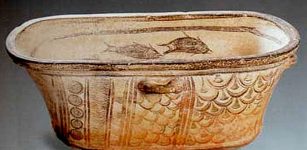 Was Hygiene Important For Our Ancestors?
Featured Stories | Feb 11, 2017
Was Hygiene Important For Our Ancestors?
Featured Stories | Feb 11, 2017 -
 Why Didn’t Pythagoras And His Followers Eat Beans?
Ancient History Facts | Jan 18, 2019
Why Didn’t Pythagoras And His Followers Eat Beans?
Ancient History Facts | Jan 18, 2019 -
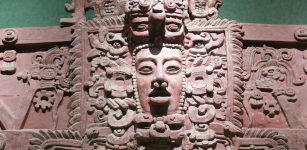 Fixing Archaeology’s Dating Problem – New Method Developed By Scientists
Archaeology | Sep 17, 2021
Fixing Archaeology’s Dating Problem – New Method Developed By Scientists
Archaeology | Sep 17, 2021 -
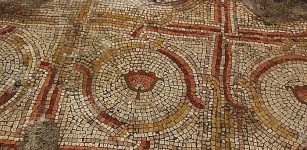 Ancient Mosaic Floor Decorated With Colorful Floral Designs Re-Uncovered After 40 Years
Archaeology | Mar 25, 2023
Ancient Mosaic Floor Decorated With Colorful Floral Designs Re-Uncovered After 40 Years
Archaeology | Mar 25, 2023 -
 Mystery Of The Ancient Unknown Mining Civilization In North America – Connecting the Dots – Part 2
Ancient Mysteries | Apr 23, 2022
Mystery Of The Ancient Unknown Mining Civilization In North America – Connecting the Dots – Part 2
Ancient Mysteries | Apr 23, 2022 -
 Archaic Hominins Began Sea-Crossings The Aegean Sea 450,000 Years Ago
Archaeology | Dec 22, 2022
Archaic Hominins Began Sea-Crossings The Aegean Sea 450,000 Years Ago
Archaeology | Dec 22, 2022 -
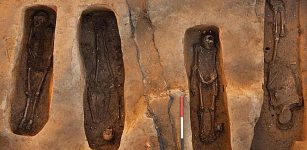 Jamestown: Unearthed graves with four bodies and a small sealed silver box
News | Aug 28, 2015
Jamestown: Unearthed graves with four bodies and a small sealed silver box
News | Aug 28, 2015 -
 Decoding The Mysterious Medieval Pearl Manuscript
Linguistic Discoveries | Mar 26, 2025
Decoding The Mysterious Medieval Pearl Manuscript
Linguistic Discoveries | Mar 26, 2025 -
 Has The Viking Ship Burial Of King Bjørn Farmann Been Found At Jarlsberg Manor, Norway?
Archaeology | Jul 2, 2024
Has The Viking Ship Burial Of King Bjørn Farmann Been Found At Jarlsberg Manor, Norway?
Archaeology | Jul 2, 2024 -
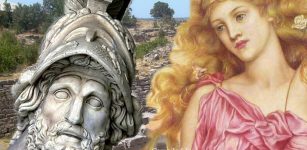 King Menelaus Of Sparta: Husband Of Helen Of Troy And Key Figure In The Trojan War
Featured Stories | May 27, 2020
King Menelaus Of Sparta: Husband Of Helen Of Troy And Key Figure In The Trojan War
Featured Stories | May 27, 2020 -
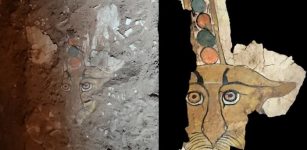 Rare Ancient Leopard Painting Discovered On Sarcophagus In Aswan, Egypt
Archaeology | Feb 25, 2020
Rare Ancient Leopard Painting Discovered On Sarcophagus In Aswan, Egypt
Archaeology | Feb 25, 2020 -
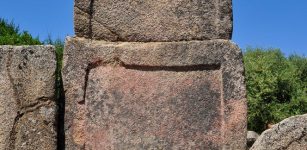 Mystery Of The Giants’ Grave of Coddu Vecchiu
Featured Stories | Jun 27, 2015
Mystery Of The Giants’ Grave of Coddu Vecchiu
Featured Stories | Jun 27, 2015 -
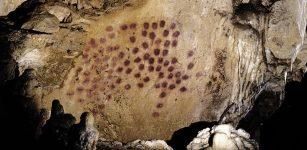 Europe’s Earliest Culture Of Aurignacian People Made Amazing Images With Dots
Archaeology | Mar 5, 2017
Europe’s Earliest Culture Of Aurignacian People Made Amazing Images With Dots
Archaeology | Mar 5, 2017 -
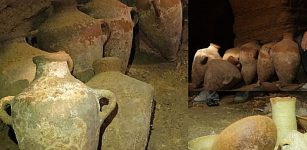 Man-Made Square Burial Cave Dated To Rameses II-Era Accidentally Found In Israel
Archaeology | Sep 19, 2022
Man-Made Square Burial Cave Dated To Rameses II-Era Accidentally Found In Israel
Archaeology | Sep 19, 2022 -
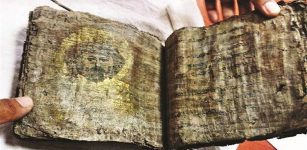 A Millennium-Old Gilded Bible Seized In Tokat, Turkey
Archaeology | Oct 28, 2015
A Millennium-Old Gilded Bible Seized In Tokat, Turkey
Archaeology | Oct 28, 2015 -
 India: Plastic Surgery And Genetic Science – Found In Ancient Vedas – Were Practiced Thousands Of Years Ago
Ancient Technology | Oct 29, 2014
India: Plastic Surgery And Genetic Science – Found In Ancient Vedas – Were Practiced Thousands Of Years Ago
Ancient Technology | Oct 29, 2014 -
 How Ancient Cultures Explained Comets And Meteors
Archaeoastronomy | Jun 5, 2019
How Ancient Cultures Explained Comets And Meteors
Archaeoastronomy | Jun 5, 2019 -
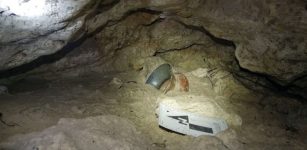 Completely Intact 2,000-Year-Old ‘Chocolatier Style’ Pot Discovered In Mexican Cave
Archaeology | Jul 30, 2022
Completely Intact 2,000-Year-Old ‘Chocolatier Style’ Pot Discovered In Mexican Cave
Archaeology | Jul 30, 2022

